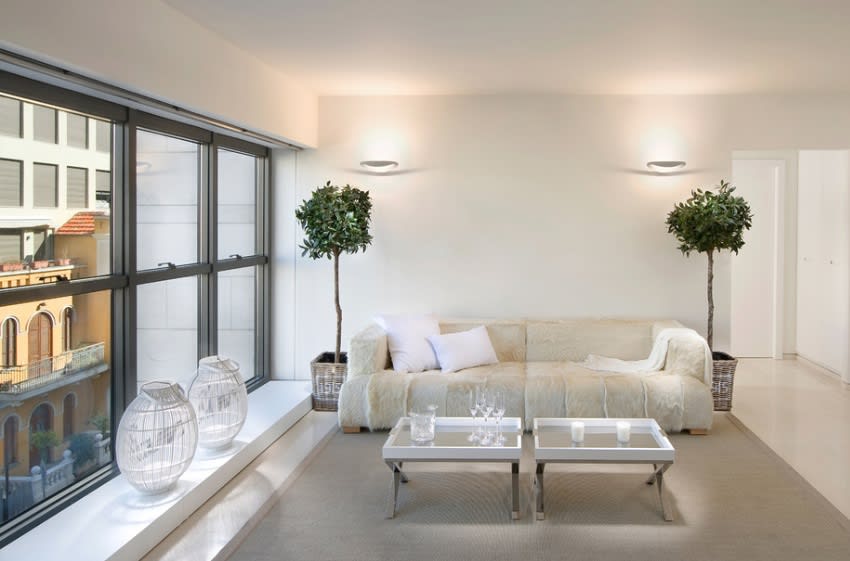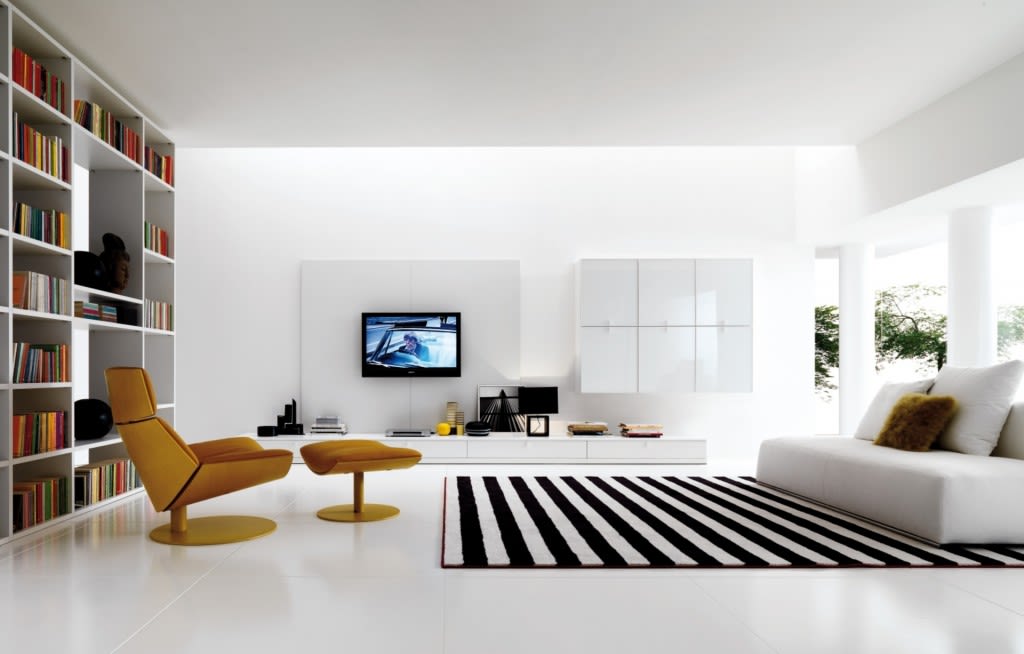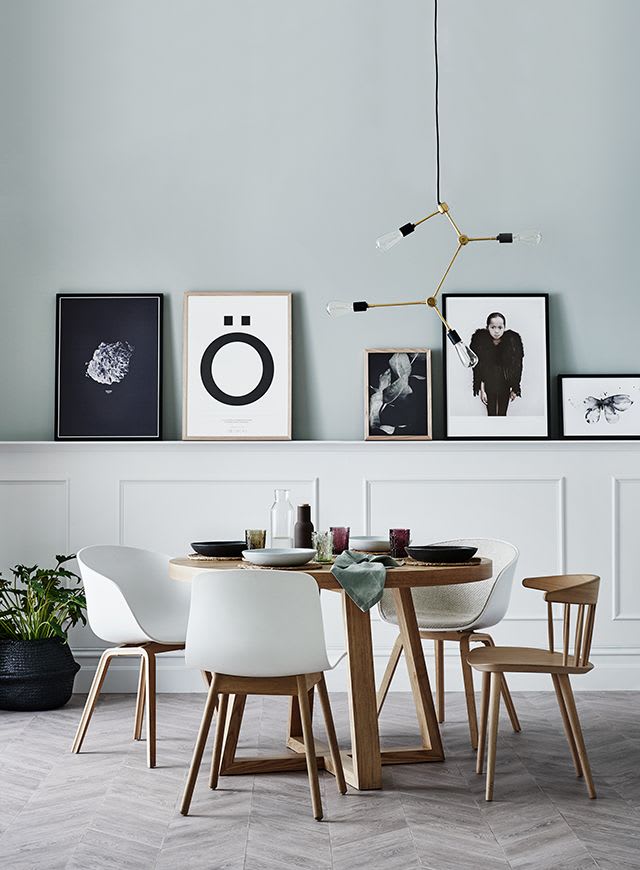There’s a space in the domain of lifestyle that has people conflicted about materialism. The scenario apparently brings up the excess that is filling homes with stuff and heads going “Enough!”. In such dire times, minimalism comes to save the day, preaching the salvation in getting junk outside while keeping essentials inside. And it works well for a while for many.
Putting faith in minimalism, so many have gained so much peace. They’re enlightened by the fact that verily, less is more in terms of comfort, freedom and health. Minimalism as the mantra for its enthusiasts is an overhaul and deliverance put together. Home being the space that drives everybody to find life in, applying minimalism to interior designing also has enormous implications.
While no love is lost, the marriage of mind and minimalism, as widely observed, show the strain of commitment with a lot of its followers. It’s like a couple who decides to sing and read out stories every time they need to enjoy, without spending for dinner or gifts. The thrill wanes sooner when it gets boring. When all that remains at home is the least, in time, a craving starts building to have a little more to call the home “Sweet”.
But that is hardly the reason for designers-in-the-making doing interior design courses to downplay minimalistic designing. It is still a formidable art of redefining spaces, just as it does to an entire lifestyle. But the need is to handle it with finesse, creating a perfect balance of affordable affluence and essential substance.
The Space Dilemma
It maybe a tacky exercise for a student to take space constraints of an interior designing class as a perfect scenario to start redesigning it with minimalistic concepts. But with those who consider minimalism is about finding a field in a box, the interior designer will have to go honestly with the inability to make that happen. In other cases, where floor space is sufficient and yet cluttered, the challenge for the designer will be to be liberally minimal.
That means, it’ll be needed to accommodate everything essential and valuable, giving room for a little more on the floor, and yet bring forth that magical comfort that was amiss without space planning. The interior designer, who advocates minimalism, becomes the mediator between the client and the couch.
Space for Sentiments
The drag of minimalism appears when it makes it radically impossible for someone to place memorabilia and favorite add-ons in interiors. The sentimental value of such material additions come as a matter of accommodation through a smart interior space design. The skill of an interior designer is thus tested in creating spaces perfectly congruent with client’s exclusive needs beyond standard minimalistic practices. Course for interior designing instills and develops this factor in students.
The Relapse Menace
Maintaining the minimal space after setting it up is as big or bigger a challenge. This may not only come as new articles filling the space but the existing ones may start to find its way out of the closet. The spillover begets disorder which works against a minimalistic design. It thus becomes necessary for the occupants to imbibe the significance of the arrangements and design choices made for the interiors to make long-term minimalistic goals possible. Here, minimalism even in its liberalised form, with scope for affording a little more than minimal, will be successful only when there’s order in the client’s lifestyle.
Minimalism as a lifestyle is challenging yet rewarding. But it has fundamentally the potential to take in the practical perspectives of various people on how much is considered minimal. In an interior design context, setting up a home considering minimalism, needs the expert vision and skill of an interior designer. An Interior designing course is the formal platform to develop such expertise.
The collision of minimalistic design and practices with real life scenarios is a matter of logical adaptability and creative prowess applied in a single solution. Be it creating space innovatively or critically removing articles from the floor of the house, making the end result rich and inspiring is important. That is the gauge of an interior designer’s success and counts in his achievements when it works best for his/her clients.




